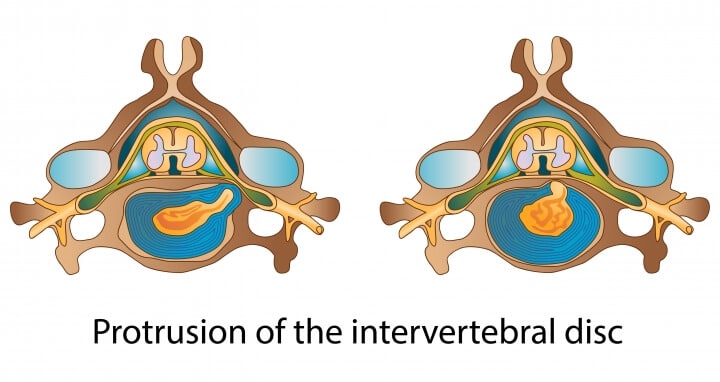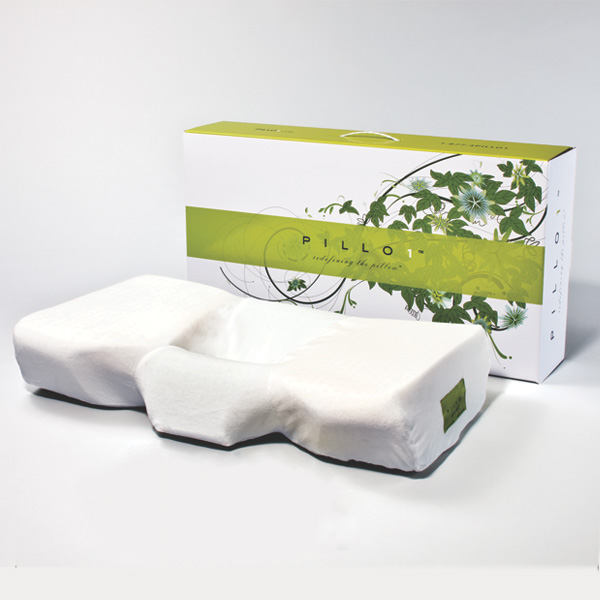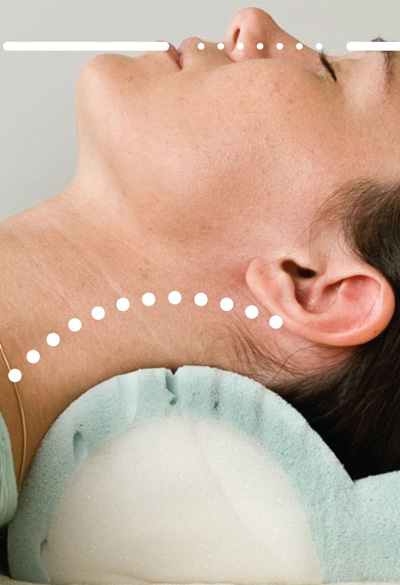No products in the cart.

BULGING DISC IN THE SPINE
If you have been told that you have a bulging disc in your neck or low back, you are not alone. Millions of people have discs that compress that end up “bulging” or what is also called “protruding”, or a disc protrusion. These two terms are almost exactly the same. A disc protrusion can be a localized compression in a third or a quarter of the entire circumference of the disc. A disc bulge would be a compression of at least half of the disc or a generalized compression around the entire disc and is much more common.
Medical professionals across the US, including radiologists, will often times use the two terms interchangeably. The most important question to ask your doctor if you’re told that you have a disc bulge or protrusion is at exactly what level of the spine this has occurred, to what degree measured in millimeters, and what if any structures are effected. For example, is there a nerve root pinched or does it cause some degree of spinal or foraminal stenosis.

And finally, the greatest degree and a situation that generally causes the highest level of symptoms for a patient is called a disc “extrusion”. This is a disc tear or severe compression that results in a portion of the inner disc material (the annulus fibrosis) to be force outside the wall of the disc sometimes resulting in compression of the associated nerve root or spinal cord. This is generally much more significant in terms of nerve compression signs and oftentimes may need surgical intervention to relieve the pressure that ensues.
An increase in disc pressure and disc disruptions such as tears from specific lifting injuries and biomechanical stresses can all create disc bulges or a herniation. My main focus in my approach to patient care is prevention. This is why I designed PILLO1, the therapeutic pillow that helps reduce stress and strain of your neck while you sleep. Please look into the PILLO1 line of sleeping pillows at www.PILLO1.com/store to learn more about my patented inventions.






